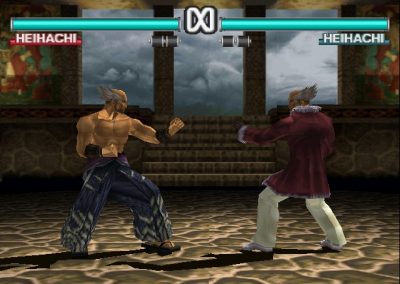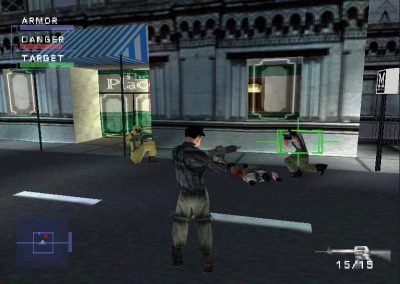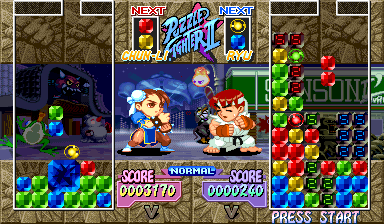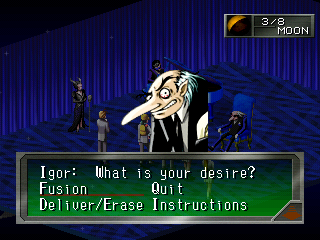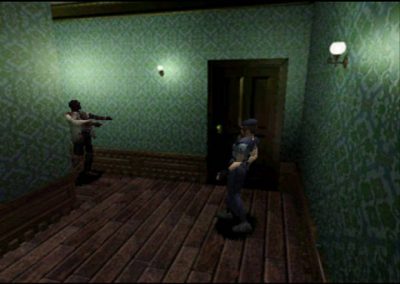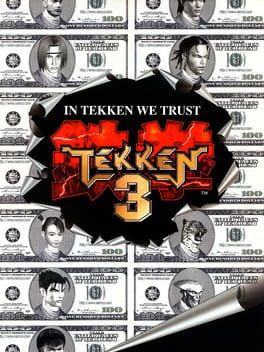
by damianlopez | gen. 23, 2020
Tekken 3 maintains the same core fighting system and concept as its predecessors, but brings many improvements, such as significantly more detailed graphics and animations, fifteen new characters added to the game’s roster, more modern music and faster and more fluid gameplay.
Perhaps the most noticeable change from Tekken 2 fight system is movement reform – whereas the element of depth had been largely insignificant in previous Tekken games (aside from some characters having unique sidesteps and dodging maneuvers), Tekken 3 added emphasis on the third axis, allowing all characters to sidestep in or out of the background by lightly pressing the arcade stick (or tapping the controller button in the console version) towards the corresponding direction. Another big change in movement was that jumping was toned down, no longer allowing fighters to jump to extreme heights (as was present in previous games), but keeping leaps to reasonable, realistic heights. It made air combat more controllable, and put more use to sidestep dodges, as jumping no longer became a universal dodge move that was flying above all of the ground moves. Other than that, the improved engine allowed for quick recoveries from knock-downs, more escapes from tackles and stuns, better juggling (as many old moves had changed parameters, allowing them to connect in combo-situations, where they wouldn’t connect in previous games) and extra newly created combo throws. Tekken 3 was the first Tekken to feature a beat ‘em up minigame called “Tekken Force”, which pitted the player in various stages against enemies in a side-scrolling fashion. If the player succeeds in beating the minigame four times, Dr. Bosconovitch would be a playable character (granted that you defeat him first). This was continued in Tekken 4 and succeeded by the Devil Within minigame in Tekken 5 – but Boskonovitch was dropped as a playable character after Tekken 3. There is also a minigame “Tekken Ball”, similar to beach volleyball, where one has to hit the ball with a powerful attack to hurt the opponent or try to hit the ball in such a way that it hits the ground in the opponent’s area, thus causing damage.
Jugadors
Singleplayer, Local Multiplayer
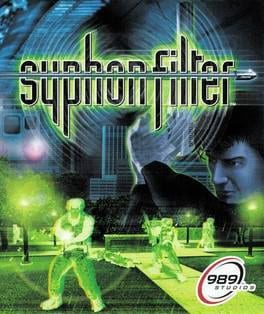
by damianlopez | gen. 23, 2020
Syphon Filter is a third-person shooter video game for the PlayStation released in 1999. It is the first game in the Syphon Filter series. It was re-released on December 4, 2006, on the PlayStation Network for use on the PSP. In March 2011, it was released for Android, exclusively for Sony’s XPERIA Play device.
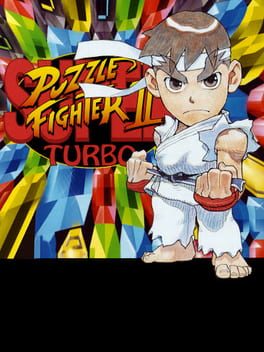
by damianlopez | gen. 23, 2020
Super Puzzle FIghter II Turbo
The game’s title is a parody of Super Street Fighter II Turbo (or Super Street Fighter II X in Japan), as there are no other Puzzle Fighter games, and the game includes music and interface elements spoofing the Street Fighter Alpha and Darkstalkers games. It was a response to SEGA’s popular Puyo Puyo 2 that has been sweeping Japanese arcade. A HD-remake version titled Super Puzzle Fighter II Turbo HD Remix, is available for purchase on Microsoft’s Xbox Live Arcade and Sony’s PlayStation Network.
Jugadors
Singleplayer, Local Multiplayer

by damianlopez | gen. 23, 2020
Revelations: Persona is a role-playing video game developed and published by Atlus. It is the first entry in the Persona series, itself a subseries of the Megami Tensei franchise, and the first role-playing entry in the series to be released in the west. The game has been ported to Playstation Portable with the title of Shin Megami Tensei: Persona and featured new cutscenes and a redone localization. The story focuses on a group of high school students as they are confronted by a series of supernatural incidents. After playing a fortune-telling game, the group each gain the ability to summon Personas, the multiple selves within them. Using this power under the guidance of Philemon, a benevolent being representing humanity’s subconscious, the group face off against multiple forces that threaten the world. Gameplay revolves around the characters navigating environments around their town and fighting enemies using their Personas. During the course of the game, the player can create new Personae for battle using spell cards gained in battle or by talking with enemies.
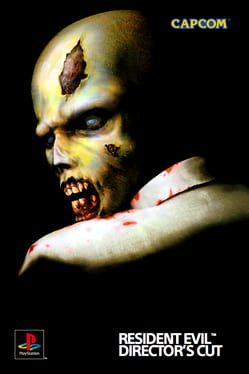
by damianlopez | gen. 23, 2020
Resident Evil: Director’s Cut
In the ultimate experience of suspense and terror. Blood-thirsty zombies. Mutant beasts. Monstrous serpents. Untold mysteries lurk around every corner. The nightmare lives on in the award-winning game of survival horror. Now the terror comes alive with the Dual Shock Analog Controller to send shivers up and down your spine.
Gènere
Adventure, Shooter, Horror



